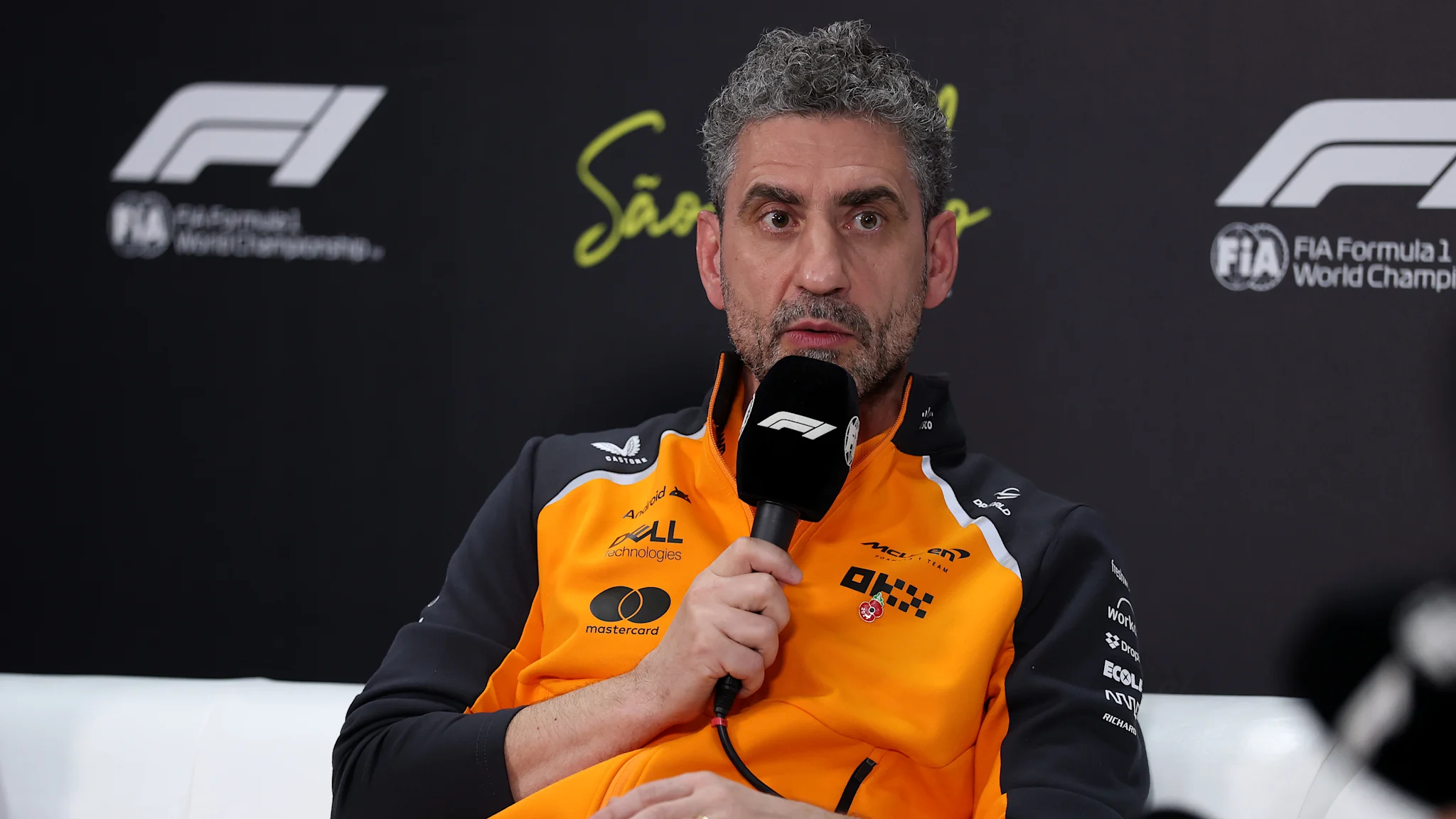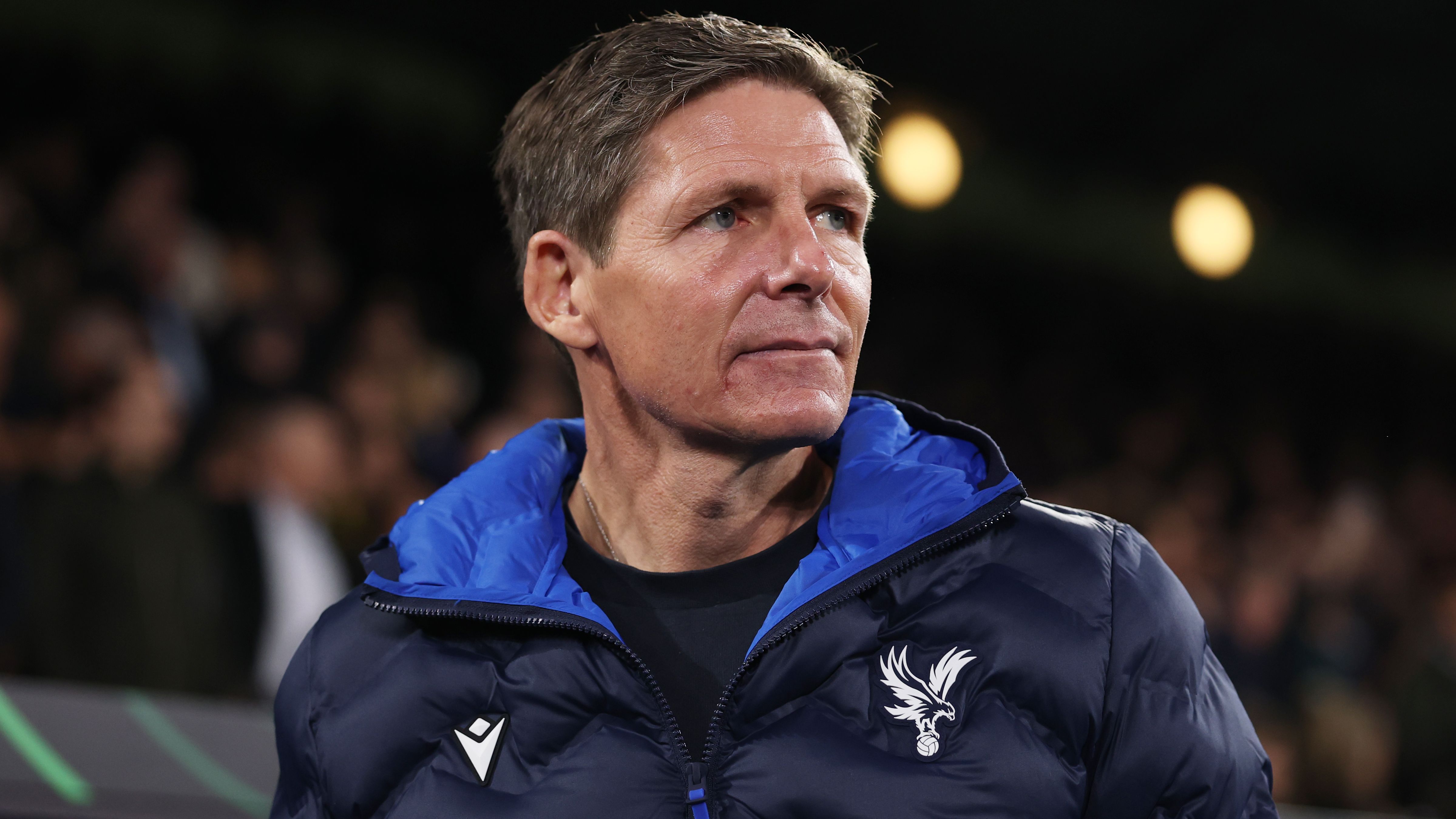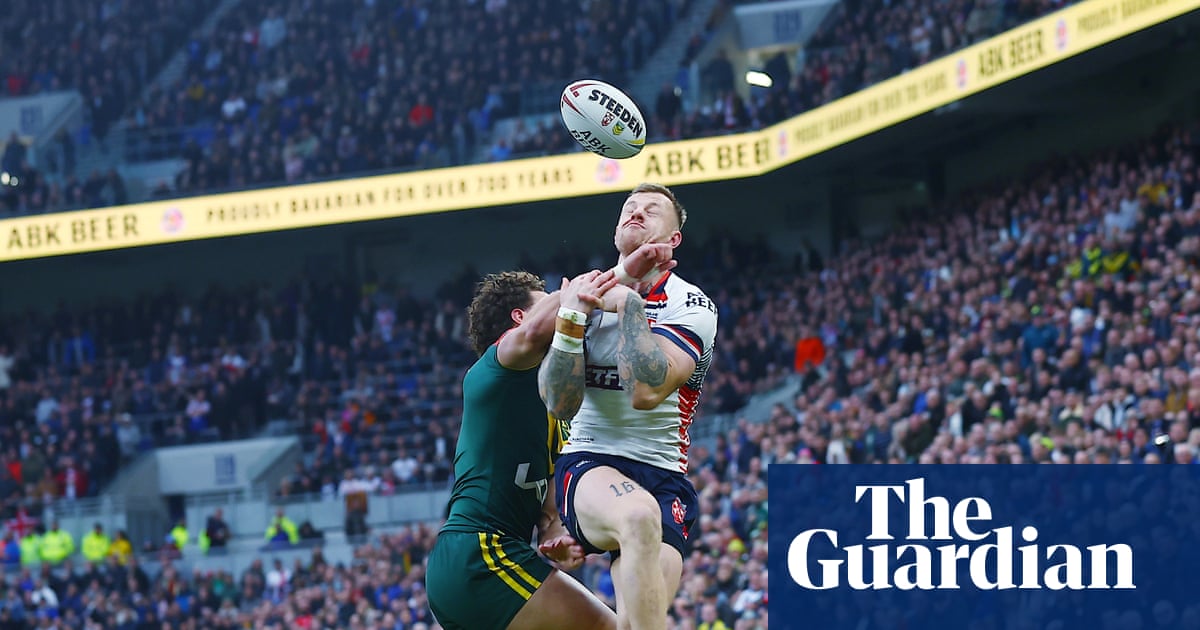Pessimism in standoff as ESPN, YouTube TV head toward ‘Monday Night’ showdown

At some point, the NFL usually wins out.That is where the YouTube TV versus ESPN brouhaha stands. The two sides are exchanging proposals, but remain far apart, according to sources briefed on the talks, as the “Monday Night Football” game of the year — the Philadelphia Eagles versus the Green Bay Packers — looms early next week.Can this NFC showdown provide a little tush push to get a deal done? The world waits.When these deals turn from stalemate to an agreement, it happens quickly. But there is pessimism at the moment, leaving 10 million YouTube TV subscribers to decide when and where to find alternatives for a second straight weekend, specifically college football on Saturday and “Monday Night Football.”They are bystanders in a staring contest between a multi-trillion-dollar company, Alphabet, and a multi-billion-dollar company, Disney. Can Monday’s game do what the Dallas Cowboys and Arizona Cardinals couldn’t earlier in the week?YouTube TV has some of the most diehard NFL fans anywhere because of its deal with the league for Sunday Ticket. Alphabet pays the NFL $2 billion a year for Sunday Ticket. At a slight discount, YouTube TV subscribers can watch every out-of-market game. This incentive makes YouTube TV a go-to platform for the biggest NFL fans. (You can still subscribe to Sunday Ticket without YouTube TV, but it costs more.)The Sunday Ticket/YouTube TV fans who want to watch every game will have a second Monday night when the game may not be available. They already paid the bill. It’s like running a route over the middle back in the day and being hit by Ronnie Lott.To be sure, YouTube TV subscribers will still have their typical access to all Sunday NFL games that air on Fox, CBS, NBC and specialty packages like NFL RedZone.The two sides remain apart on how much YouTube TV should pay ESPN for its services, as well as the thresholds and inclusion of a “Most Favored Nation” clause, which would allow YouTube to gain benefits and guarantees from its increasing subscriber base. YouTube’s 10 million homes, built up in eight years, are approaching the two largest providers, Spectrum and Comcast, whose numbers are each in the 12 million range. ESPN just recently reached carriage deals with Spectrum and Comcast.Ultimately, YouTube TV is a live sports service and needs ESPN. It began in 2017 as an alternative to cutting the cord. Its price has risen from $35 per month to more than $80 per month. But its backbone is offering live sports.The cool media kids like to call these deals a skinny bundle, where you get rid of the excess of cable. Without ESPN, it is too skinny.Hanging over all the talks is an executive move that happened earlier this year. Justin Connolly, who was Disney’s president of platform distribution, broke his contract with the company, in which he was making $6 million a year, to become YouTube’s first global head of media and sports. He had reported to ESPN’s chairman, Jimmy Pitaro, and essentially switched teams amid negotiations.After lawsuits about the move, the two sides eventually settled, and Connolly was made to recuse himself from these negotiations. His team is handling it without him.But does his team know every pressure point that Disney/ESPN is willing to bear or not? Do they know when Disney/ESPN will fold? Maybe. Maybe not.If YouTube’s team has all of Disney/ABC/ESPN’s game plans, it might be in a position to wait until the optimal moment to strike a deal. Is that time upon us?College football is back Saturday, and Packers-Eagles awaits Monday. Fans are stuck on the sidelines as the media goliaths stare at each other.






.jpg)


